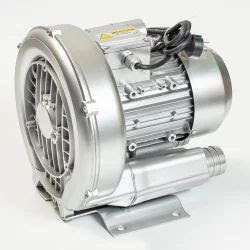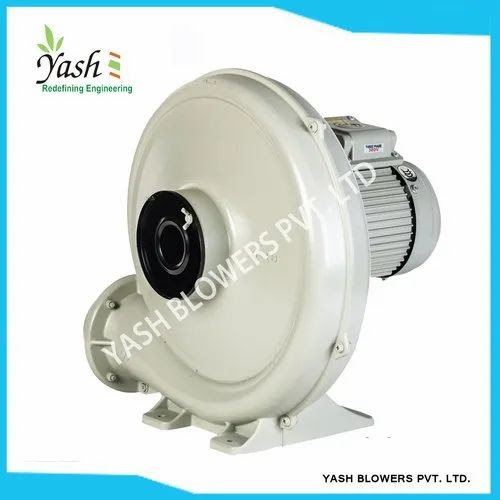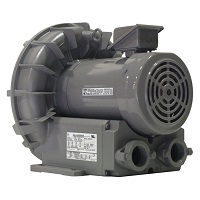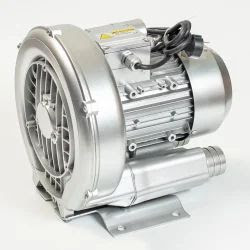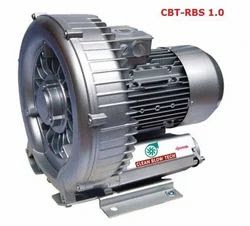What is the difference between a compressor and a blower?
The primary difference between a compressor and a blower lies in their pressure ratios. Compressors operate at high pressure ratios, significantly increasing the pressure of the air they handle, while blowers operate at low pressure ratios, providing a moderate increase in air pressure. In essence, compressors compact air into a smaller space, making it denser and more pressurized, whereas blowers move large volumes of air with a less dramatic pressure increase.
- High Pressure Ratio:Compressors are designed to achieve a significant increase in air pressure, often used for applications requiring high-pressure air, such as powering pneumatic tools or in industrial processes.
- Density Increase:The high-pressure operation of compressors results in a denser, more compact volume of air.
- Applications:
Commonly found in workshops, construction sites, and industrial settings where high-pressure air is needed.
- Low Pressure Ratio:
Blowers provide a more moderate increase in air pressure, typically used for moving large volumes of air or gas.
- Volume Focus:
Blowers are more focused on moving a large quantity of air, rather than creating extreme pressure.
 وکیوم آبی و بلوئر هوا فروش و تعمیر انواع وکیوم آبی و بلوئر هوا
وکیوم آبی و بلوئر هوا فروش و تعمیر انواع وکیوم آبی و بلوئر هوا





















































